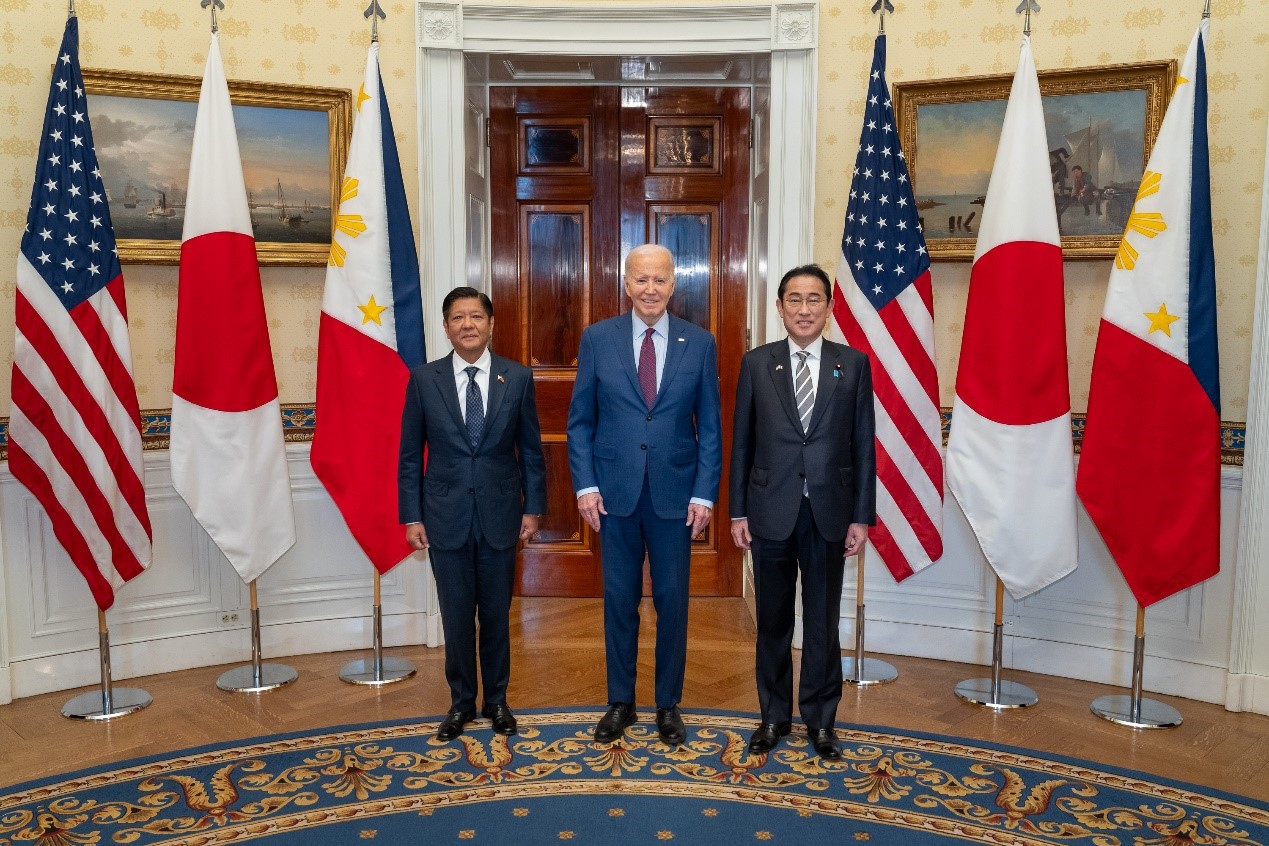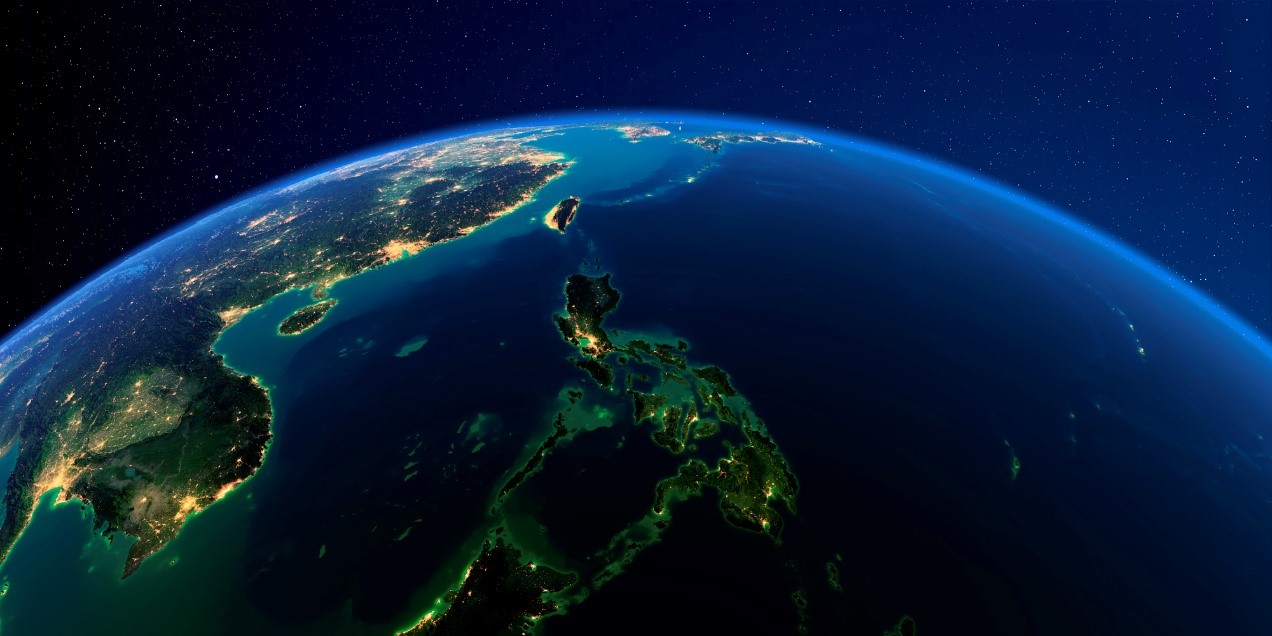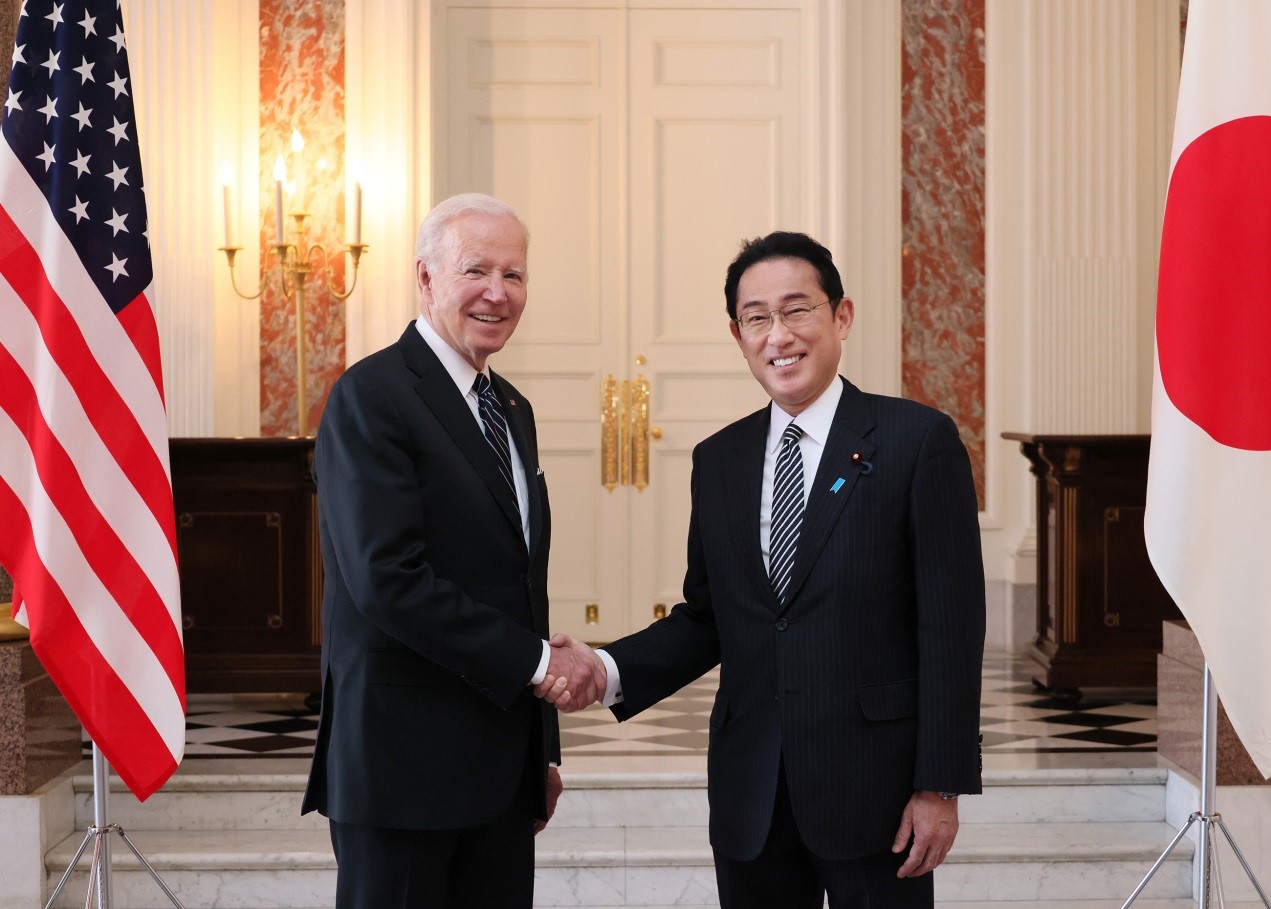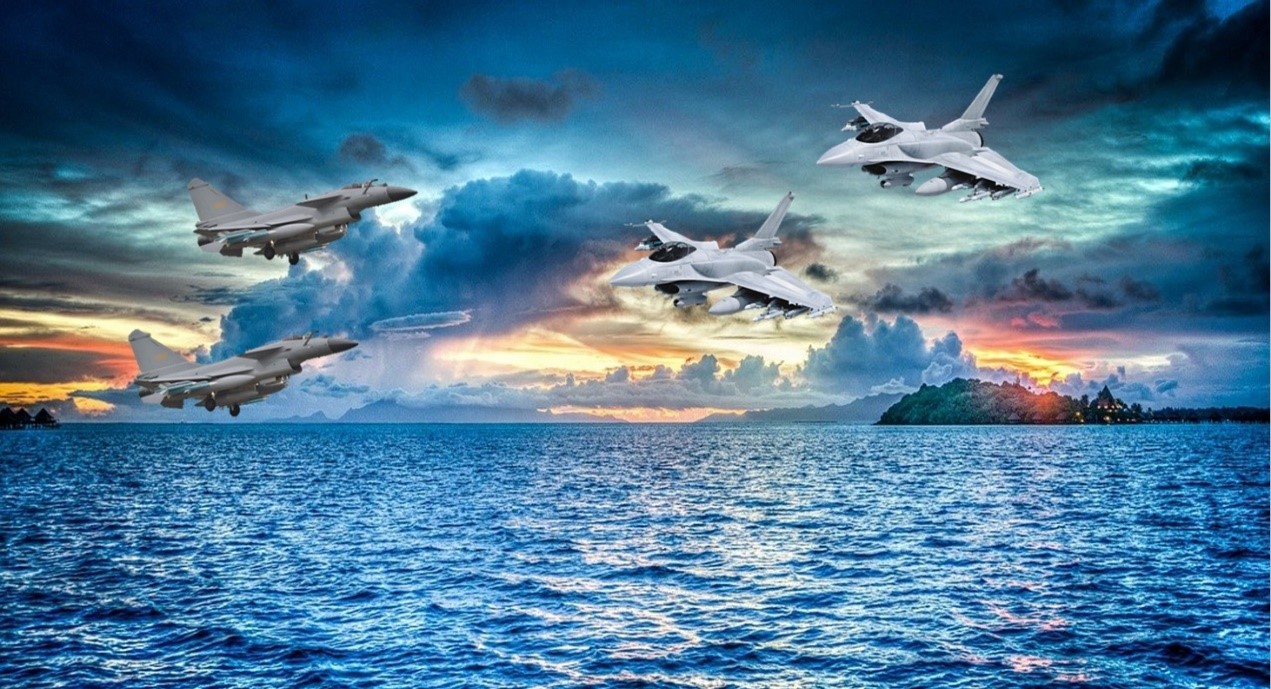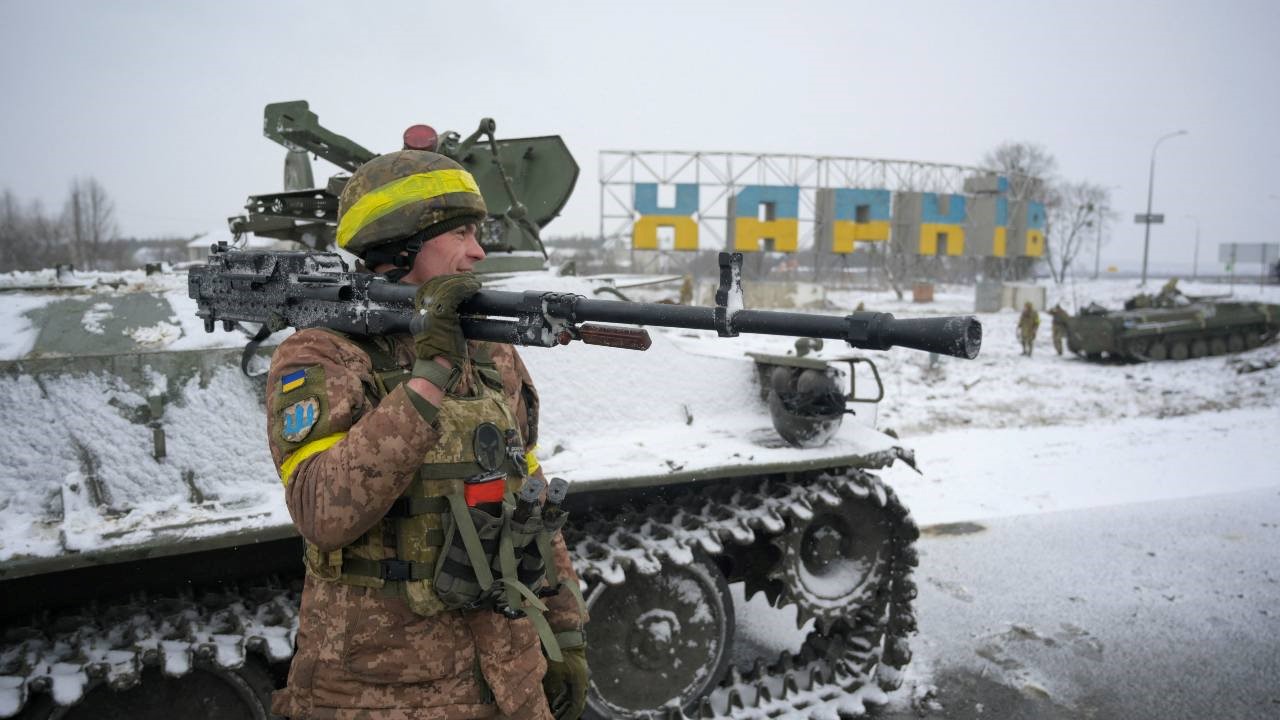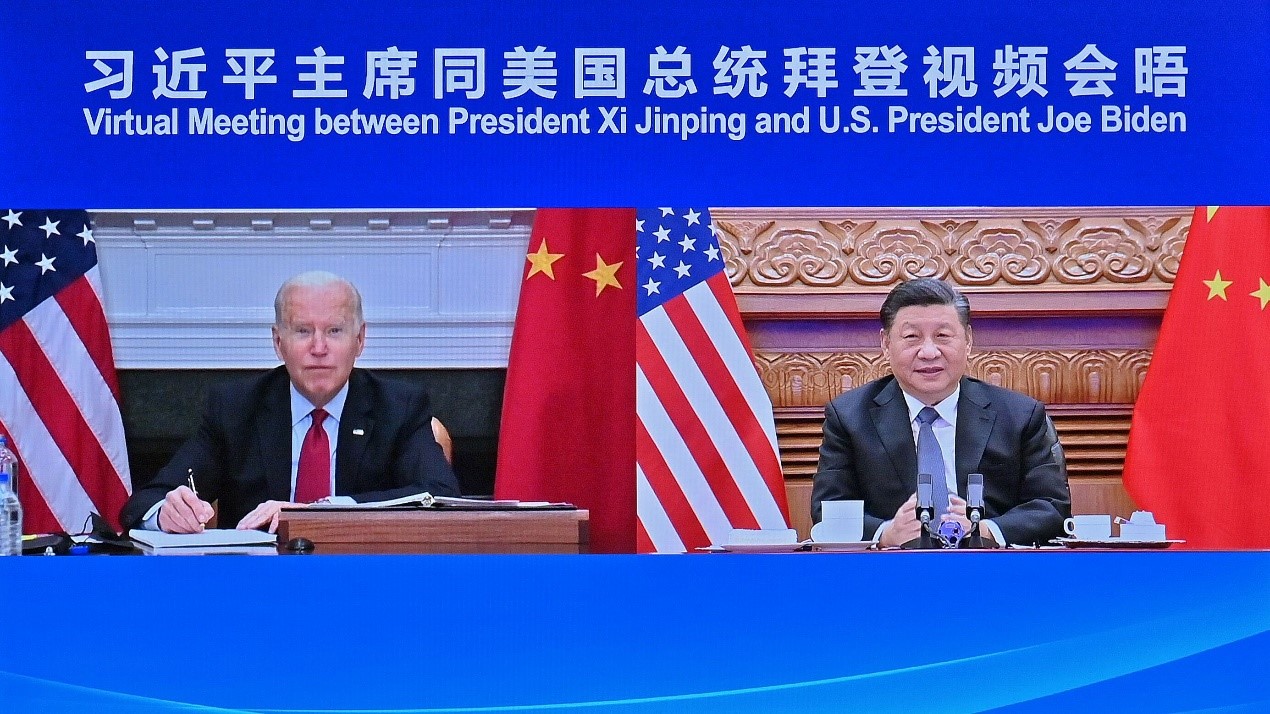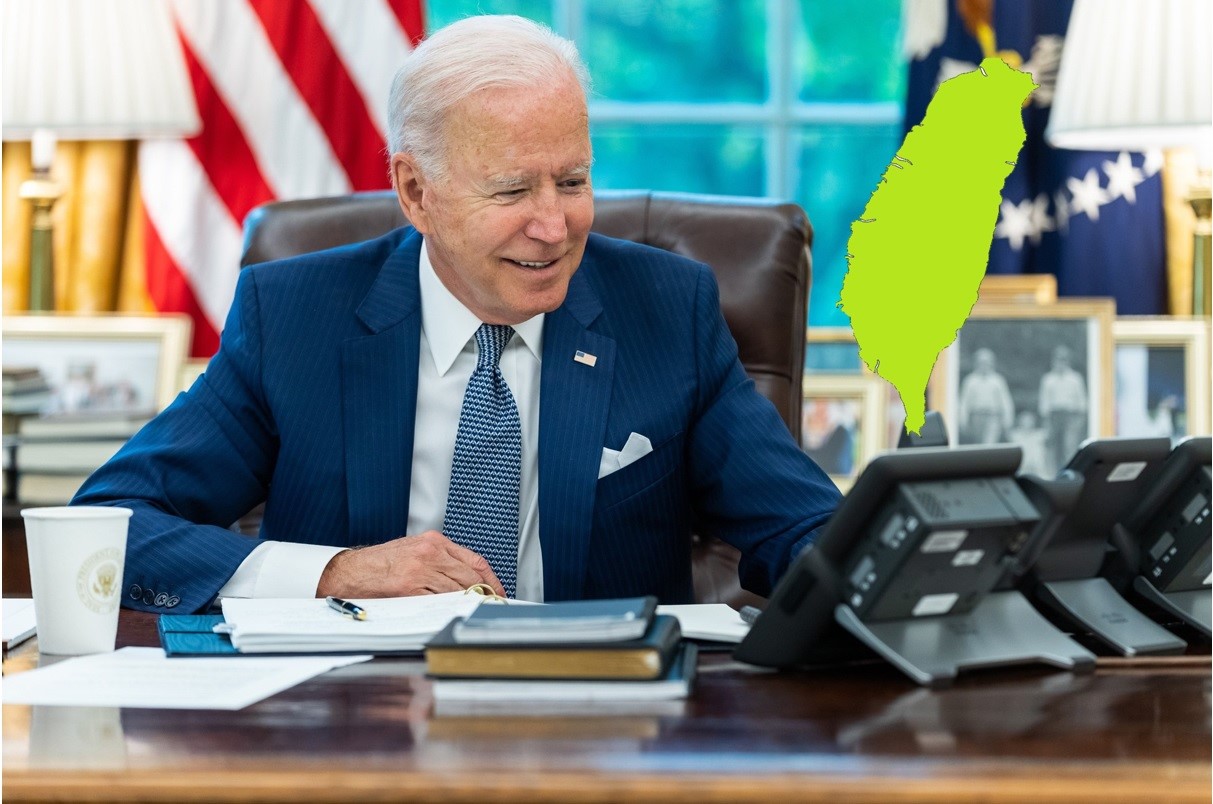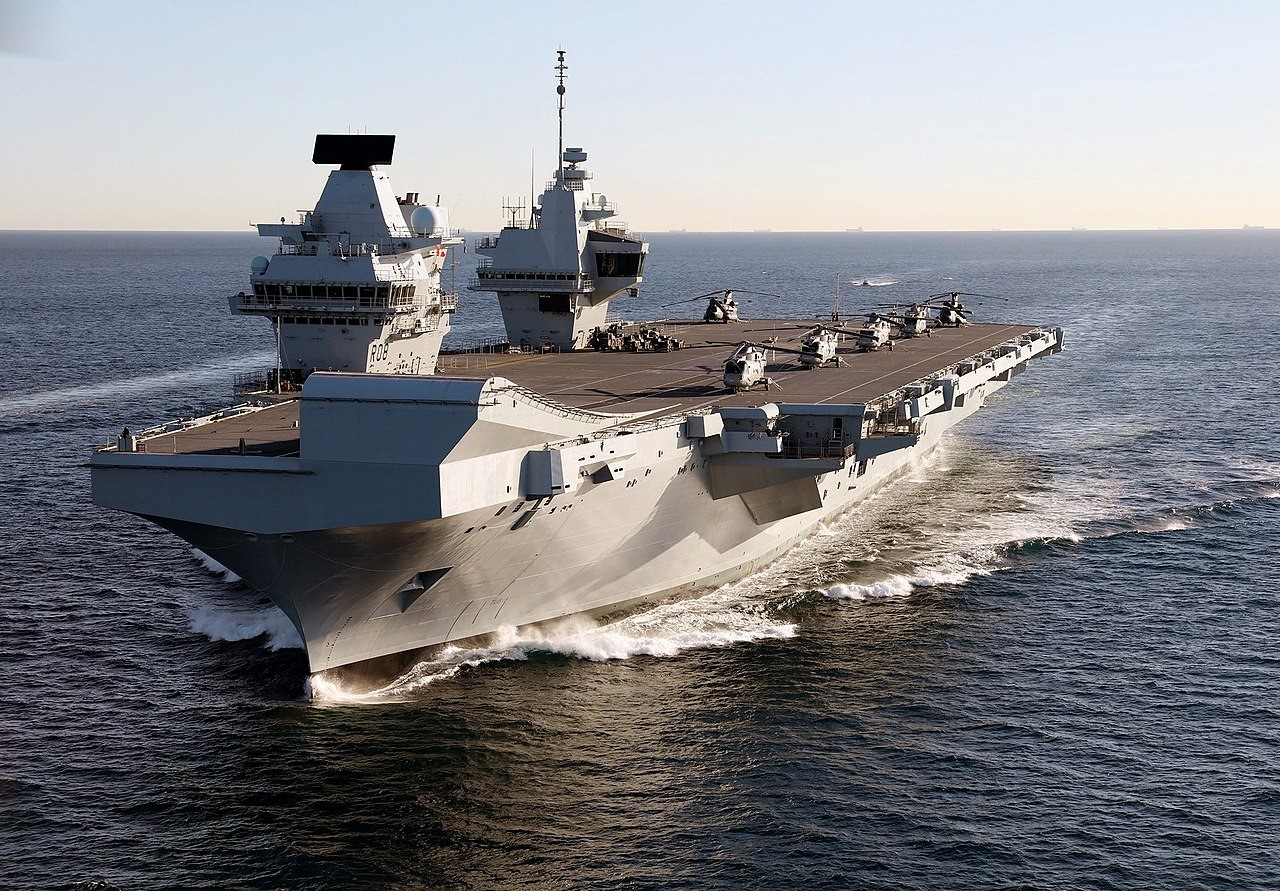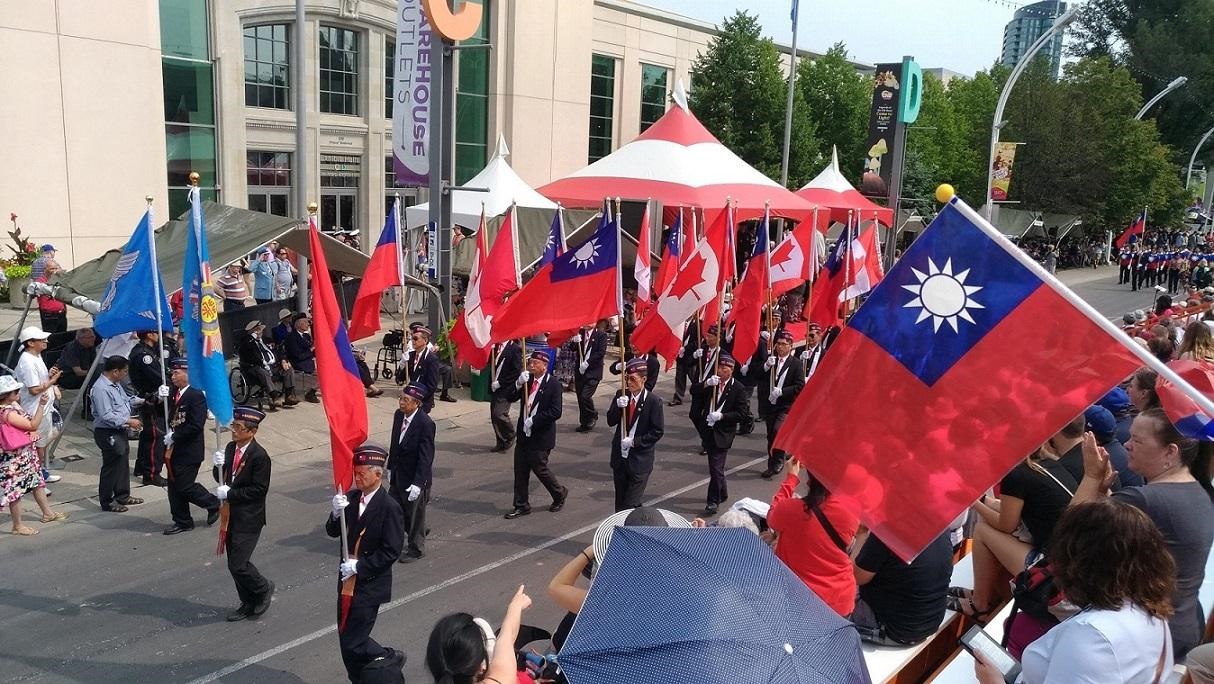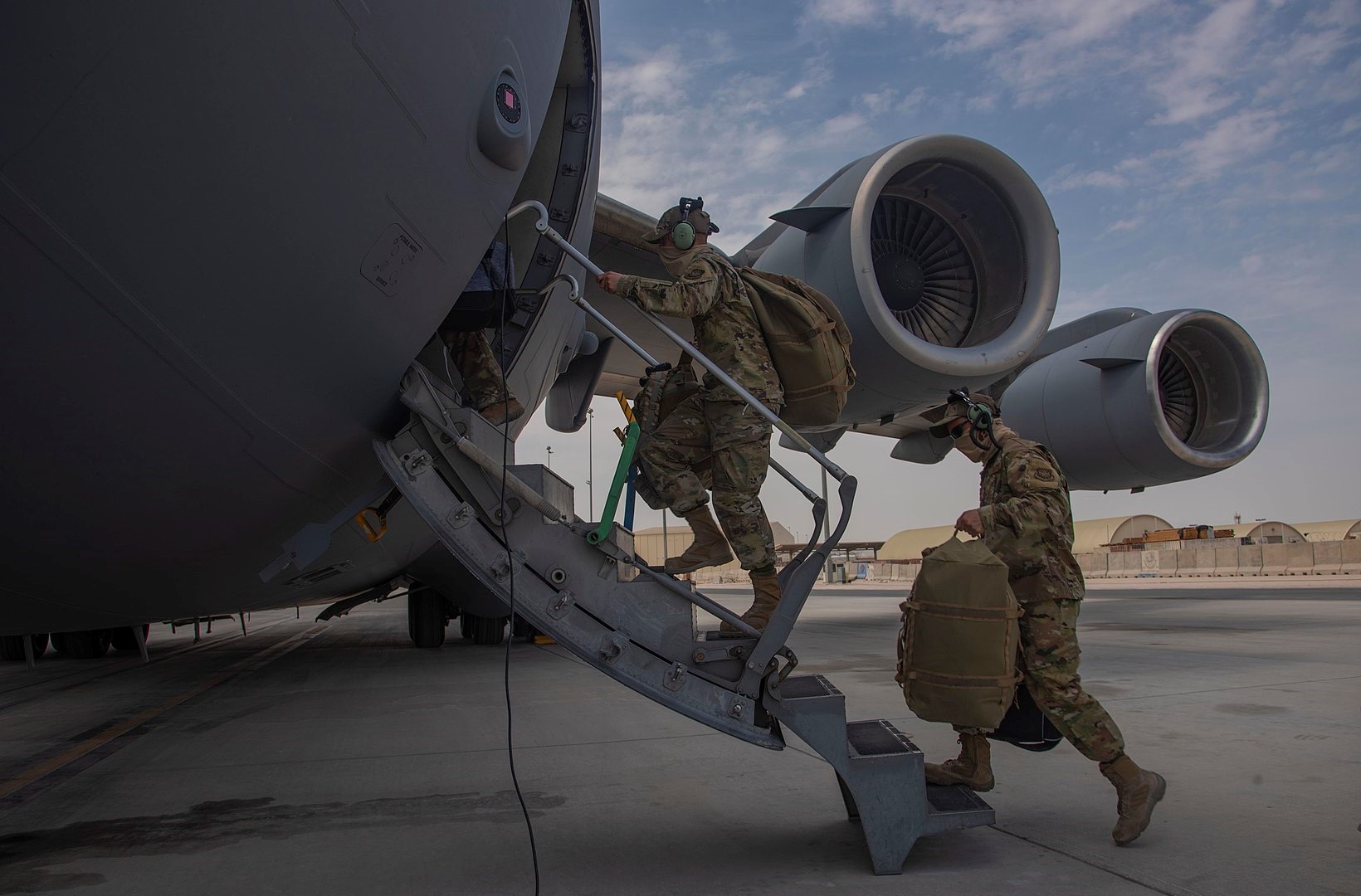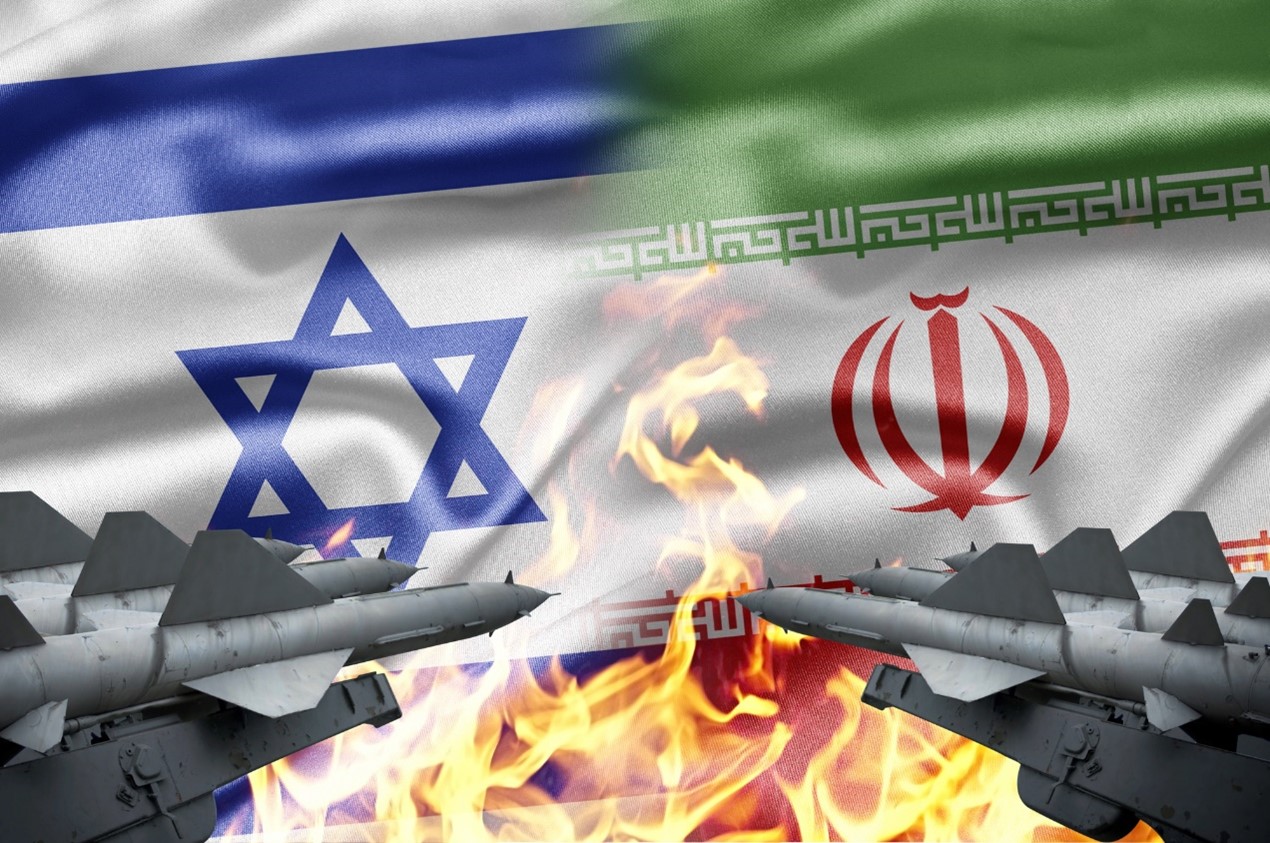It is necessary for Taiwan to participate in joint training and exercises with the United States, Japan, and the Philippines, so that Taiwan can familiarize itself with the alliance’s combat model and command and control structures, so that it can achieve maximum combat effectiveness when war breaks out in Indo-Pacific region. Picture source: President Biden, April 12, 2024, X, https://twitter.com/POTUS/status/1778575019959885826.
Prospects & Perspectives No. 24
Taiwan’s Role in the US-Japan-Philippines Alliance
By Ming-shih Shen
China’s expansion in the East China Sea, the South China Sea and the Taiwan Strait has forced countries in the region to strengthen their military capabilities and defense preparations for the worst-case scenario. They also hope to connect with other democratic countries and form a security alliance through various exercises and war preparations to deter China’s expansionary behavior. Recently, China and Japan coast guard vessels faced off in the waters near the Diaoyutais (Senkakus). Threateningly, the Chinese Coast Guard vessel removed its gun covers. In the Taiwan Strait, after the results of Taiwan’s presidential election in January, China continued to pressure and bully Taiwan through various gray zone operations, such as sending aircraft and ships across the median line and into Taiwan’s ADIZ, canceling the deviation of M503 air routes near the median line; and China Coast Guard ships entered restricted waters around the outlying island of Kinmen.
In the South China Sea, China continues to use Coast Guard vessels to prevent the Philippines from safeguarding its sovereignty and uses large coast guard ships to fire water cannons, causing damage to Philippine Coast Guard ships. Philippine fishermen reacted fiercely and gathered ships to protect their sovereignty, while China used Navy warships to drive them away. The situation in the South China Sea has gradually escalated, and the possibility of war arising from disputes over maritime sovereignty has increased.
The countries that have maritime sovereignty disputes with China cannot confront China alone and must rely on the assistance of allied powers, otherwise they will lose their sovereignty and territory. And as far as the United States is concerned, countries surrounding China and conflict hotspots, such as South Korea, Japan, and the Philippines, have signed military alliance or defense agreements with the United States. If a conflict breaks out between these countries and China over maritime sovereignty issues, the United States must intervene.
Although Taiwan and the United States have no diplomatic relations and have not signed a defense agreement, the United States must intervene under the Taiwan Relations Act. From foreign military financing (FMF) to Taiwan or training assistance, the United States seems to be already preparing to intervene before a conflict occurs. The Taiwan Strait issue is connected to the East China Sea and South China Sea issues. If conflict breaks out in the Taiwan Strait and the United States is unwilling to intervene, the countries involved in the other disputes could lose confidence in the United States’ strategic assurances and seek other ways and alliances to counter China.
The purpose of the US-Japan-Philippines alliance
Since the United States itself cannot handle all global conflicts and wars, it naturally hopes that allied countries can share security responsibilities, especially in the Indo-Pacific region. Because of China’s military expansion, the number of PLA Navy ships in the Indo-Pacific region has already surpassed that of the United States. The United States must establish military alliances with front-line countries according to different war scenarios. From the AUKUS to the U.S.-Japan-ROK alliance that deals with Northeast Asian issues, these strengthen military operations based on the existing security architecture. In terms of responding to the South China Sea issue, among the countries surrounding the South China Sea, only the Philippines has a military alliance with the United States. However, the Philippines cannot compete with China alone, and recently, clashes between China and the Philippines have escalated over the Second Thomas Shoal issue. In particular, the United States has added military bases in the Philippines and plans to deploy long-range rockets and missiles at Philippine bases near the Taiwan Strait, which has drawn more attention to U.S.-Philippine military cooperation.
Japan originally provided some military assistance to the Philippines, such as providing frigates for use by the Philippine Navy. But the Philippines’ military development cannot be focused solely on gray zone activities by China over its sovereignty claims in the South China Sea. The question then shifts to whether China uses military force to resolve its sovereignty issues in the South China Sea, or if a sovereignty conflict escalates into war, how the relevant allies can prevail, or how to organize cooperation among allied countries to deter China from using force in the South China Sea. Since the United States must consider the issues in the East China Sea, the Taiwan Strait, and the South China Sea, it must place its main combat power in the second line and maintain flexibility of deployment. Therefore, it is very important for front-line countries such as South Korea, Japan, Taiwan, and the Philippines to have strong combat capabilities and firmly defend their territorial waters and position.
At present, the Philippines’ defense line is relatively weak, so the United States must strengthen its support to the Philippines and invite Japan, Australia and other countries to conduct joint training or exercises with the Philippines, hoping to strengthen its defense and support for the Philippines. Recent military exercises among the United States, Japan and the Philippines have linked the three countries into an important military alliance. The United States has strengthened bilateral exercises with the Philippines and also invited neighboring allies to participate, with the purpose of enhancing the Philippines’ combat capabilities and forming a strong military alliance to deter Chinese aggression.
Taiwan’s role in the US-Japan-Philippines alliance
1.Taiwan is indispensable in resolving the South China Sea sovereignty issue
Most of the countries surrounding the South China Sea are claimants of sovereignty over the South China Sea, and Taiwan is one of them. The Pratas Island, owned by Taiwan, is located near the SLOC from the Taiwan Strait into the South China Sea; Taiping Island is one of the important islands and reefs in the Spratly Islands, and Taiwan is indispensable to resolve the South China Sea issue. If a conflict occurs in the South China Sea, Taiwan must prepare its military responses. If China wants to cooperate with Taiwan on the South China Sea issue, the United States, Japan, and the Philippines must enhance security cooperation with Taiwan to cut the connection between Taiwan and China on the South China Sea issue. This alliance needs to strengthen the legitimacy of the internationalization of the South China Sea dispute, expand the deterrence power of likeminded democratic states to counter China, and increase the flexibility of military deployments in the South China Sea.
2. Conflict and war in the Taiwan Strait and the South China Sea are inseparable
Taiwan is at the core location of the first island chain. When the United States strengthens military cooperation with Japan and the Philippines, the conflict in the Taiwan Strait and Taiwan’s defense value cannot be ignored. Before China resolves the South China Sea issue, it must first resolve the Taiwan Strait issue to enhance the legitimacy of China’s South China Sea sovereignty claims. It can also sever the links between Northeast Asia and Southeast Asia and prevent Japan from assisting in conflicts in the South China Sea. Similarly, if China wants to resolve the Taiwan issue, it will inevitably send troops to the South China Sea to prevent intervention by the United States and Australia through this waterway and may even take the opportunity to seize disputed islands after launching a war.
3. Without Taiwan, Japan and the Philippines will be attacked from two fronts, and Guam will become the frontline of the United States
The U.S.-Japan-Philippines alliance not only focuses on the South China Sea issue but also hopes to connect the Western Pacific defense line together to form a strong chain to prevent China breaking through the first island chain. If focus is only on the South China Sea, losing Taiwan will allow Chinese aircraft and ships to pass through the Bashi Channel and enter the eastern waters of the Philippines unchallenged, which will also affect waterways such as the Lombok Strait. The situation is similar for Japan. If Taiwan is lost, China will use Taiwan as an important base to drive directly into the middle of the Pacific. Japan will be attacked on both sides. Not only will it lose the Diaoyutais/Senkakus, but its sovereignty over Parece Vela (Okinotorishima) will also be affected.
4. The value of Taiwan’s participation in alliances and multinational exercises
Although Taiwan is not an official diplomatic ally of the United States, Japan, and the Philippines, and cannot participate in joint training and exercises by these three states, without Taiwan’s cooperation, the United States, Japan, and the Philippines would be at a disadvantage, as they would be surrounded by China, whether in a war in the East China Sea or the South China Sea. Once Taiwan’s long-range weapons become more numerous and can cover the northern Philippines and Japan’s southwestern islands, Taiwan’s cooperation and support will be important. However, cooperation during wartime must rely on joint training in peacetime. It is necessary for Taiwan to participate in joint training and exercises with the United States, Japan, and the Philippines, so that Taiwan can familiarize itself with the alliance’s combat model and command and control structures, so that it can achieve maximum combat effectiveness when war breaks out in Indo-Pacific region.
(Dr. Shen is Acting Deputy CEO and Division Director, Institute for National Defense and Security Research, Taiwan.)


